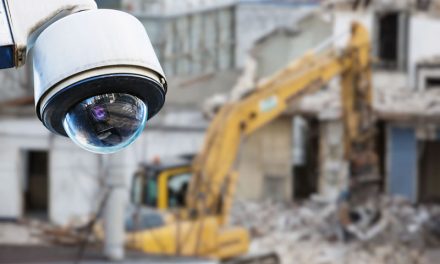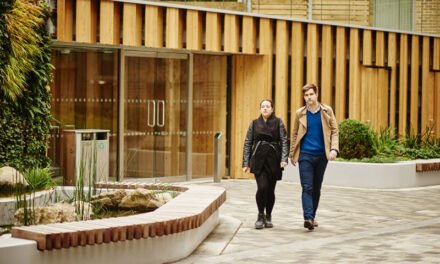The CSIRO shows climate change is driving more, bigger fires.
New research from the CSIRO published in Nature Communications shows that climate change has driven a significant increase in Australia’s forest fire activity over the past 30 years.
Combining analysis of fire sites over time with a series of datasets compiled on known drivers of fire activity, including climate, fuel accumulation, ignition and prescribed (control) burns, the researchers were able to distinguish climate change driven increases versus natural variability.
Fire seasons have become considerably longer and megafires more common, with three of the four megafires over the past 90 years occurring since 2000. The 2019–20 Black Summer fires burned 800% of the average area affected annually by fires in 1988–2001. This increase in size, severity and regularity of fire puts whole ecosystems at risk as there is not enough time between fires for the flora (or fauna) to recover.
“While all eight drivers of fire-activity played varying roles in influencing forest fires, climate was the overwhelming factor driving fire-activity,” CSIRO scientist Dr Pep Canadell said.
“The results also suggest this frequency of forest megafires is likely to continue under future projected climate change.”
Fire’s impact on our industry is obvious, but there’s still more to be done to highlight the fact that timber is a vital part of the solution. From the active roles forestry groups play in firefighting to the enormous potential for carbon sequestration in both timber construction and forestry, this is an area where we should be stepping into the vacuum resulting from the Federal Government’s underwhelming response to climate change and working closely with others acting for a low-carbon future.
FTMA Australia is the latest industry group to recognise the need for such collaboration with its Carbon Warrior initiative, following the lead set by Planet Ark’s Make It Wood initiative and the FWPA and WoodSolutions. Talk with your customers about timber’s central role in fighting climate change and how their choices when it comes to building can help to lower future fire risks.











